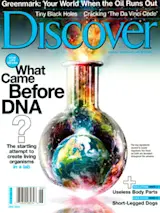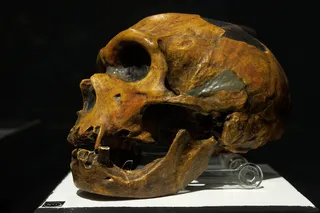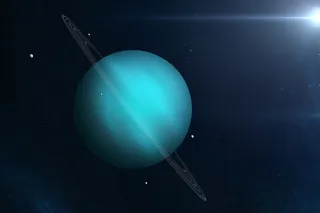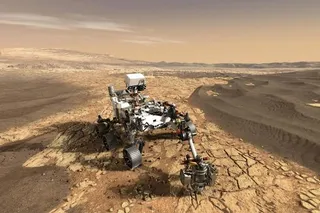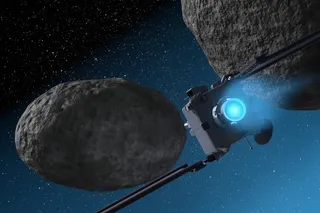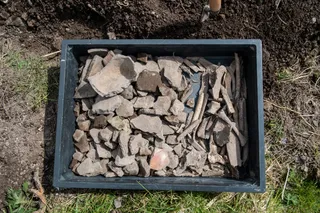Many people are pretty happy with their scraped-surface heat exchangers, but Erich Windhab is not one of them. A tall, cheerful German with a beard, longish hair, and a shiny suit, he does not believe in complacent adherence to tradition. There is no denying the lingering appeal of scraped-surface heat exchangers, particularly at large family gatherings on hot summer days, but Windhab is not sentimental about their output. He likes the stuff his graduate students make better. “When Hans and Matthias are producing, everybody at the Technopark lines up with bowls,” he says.
A scraped-surface heat exchanger is what someone with a Ph.D. in chemical engineering calls an ice-cream freezer. At giant food companies like Nestlé or Unilever but also at university labs like Windhab’s—he’s a professor at the Federal Institute of Technology in Zürich, Einstein’s old shop—there are many Ph.D.’s consumed by the science of ice cream. “People laugh ...


